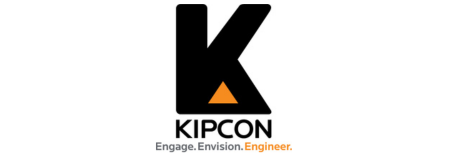The Importance of the Data Transparency Act For Pennsylvania’s Condos & Community Associations
After learning more about SB 802 and HB 1892, collectively the Data Transparency Acts, below, we encourage all Pennsylvania condominium and community associations to complete this brief survey which will assist the Pennsylvania Legislative Action Committee in their research regarding data transparency within the commonwealth. Thank you!
What is the Genesis of SB 802 & HB 1892?
These two bills are identical, introduced in both the Pennsylvania House and Senate with a planned hearing this fall at which CAI Pennsylvania will testify. The legislation stems from a 2011 Pennsylvania Joint State Government Commission (JSGC) report which issued meaningful recommendations to improve planned communities, including: cooperation of shared services between local governments and planned communities, municipal dedication of roadways built to PennDOT specifications, assistance for infrastructure repair (such as dams) and making available the same services that other property tax payers receive, such as trash, recycling, bulk and yard waste collection. However, before any of these reforms can be realized, the same JSGC report said the first order of business must be to identify how many planned communities exist in Pennsylvania and where they are located, information that county governments maintain but have failed to make easily assessible to the outside.
Why Does it Matter?
There are many thousands of planned communities housing millions of Pennsylvania residents. Yet the actual number and location of these communities is largely unknown, creating unnecessary risks for public safety, law enforcement, and environmental protection as well as keeping planned communities in the dark – sometimes, literally in the dark. Below is a sampling of how this reform legislation will help planned communities.
Public Safety
State policymakers and regulators have little information on planned community infrastructure and therefore have developed few tools to offer assistance when necessary. For example, having meaningful data on private dams, bridges and storm water management facilities can help to mitigate, or prevent altogether, life-threatening situations. Catastrophic failure of important infrastructure poses a threat to life and property both inside and outside the boundaries of a planned community;
Law Enforcement
Megan’s Law (§ 9799.27 Other notification) requires local police to report the presence of certain sexually violent predators to neighbors, and further states “Where the sexually violent predator lives in a common interest community, the term “neighbor” includes the unit owners’ association and residents of the common interest community.” If the presence of a unit owners association is not known, compliance with this section is not possible;
Regulatory
CAI wants to ensure that planned communities have a seat at the table with state regulators before they develop new rules. Communication of new or changing state regulations, such as clean drinking water or storm water management requirements by the Pennsylvania Department of Environmental Protection, county conservation districts or other regulatory agencies, would be established for the first time or improved overall. Too many planned communities remain unnecessarily in the dark when it comes to the development of state regulations, often discovering after the fact that they must make costly upgrades.
Environmental
Mitigating public health, economic and recreational impacts from water-based environmental threats, such as the growing spread of harmful algal blooms (HABs) in lakes, ponds and waterways, which cause acute health problems for humans, pets and livestock, is a growing nationwide concern that is now spreading across parts of Pennsylvania. As regional and state policy makers look for ways to identify, monitor and respond to the spread of HABs, it is prudent to consider the thousands of planned communities with privately-owned lakes, ponds, storm water retention basins, rivers, streams or reservoirs, most of which connect to neighboring waterways outside of these communities. Establishing a system which can eventually identify these privately-owned waterways and ways to offer outside assistance to planned communities must be part of a comprehensive solution.

















